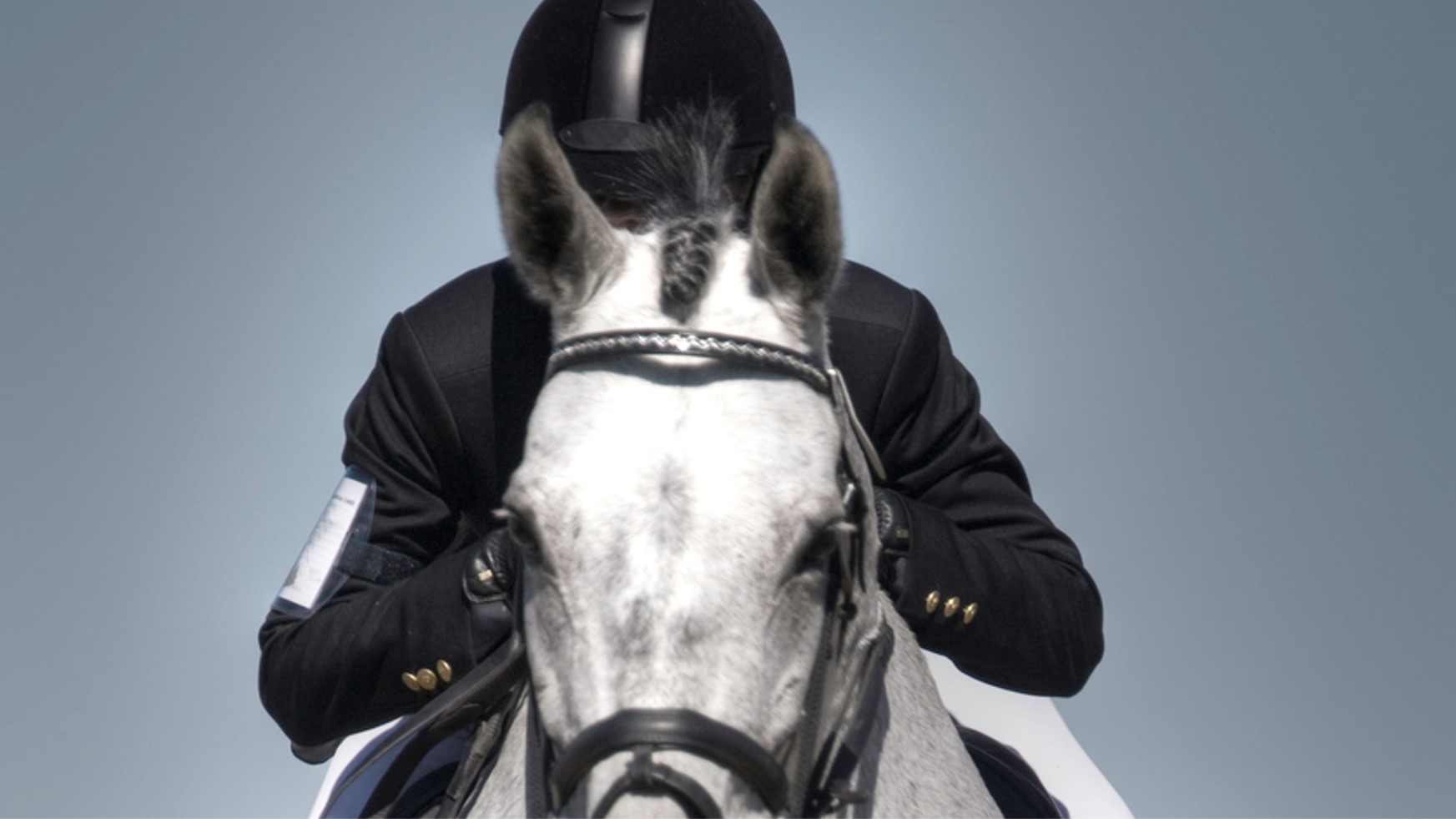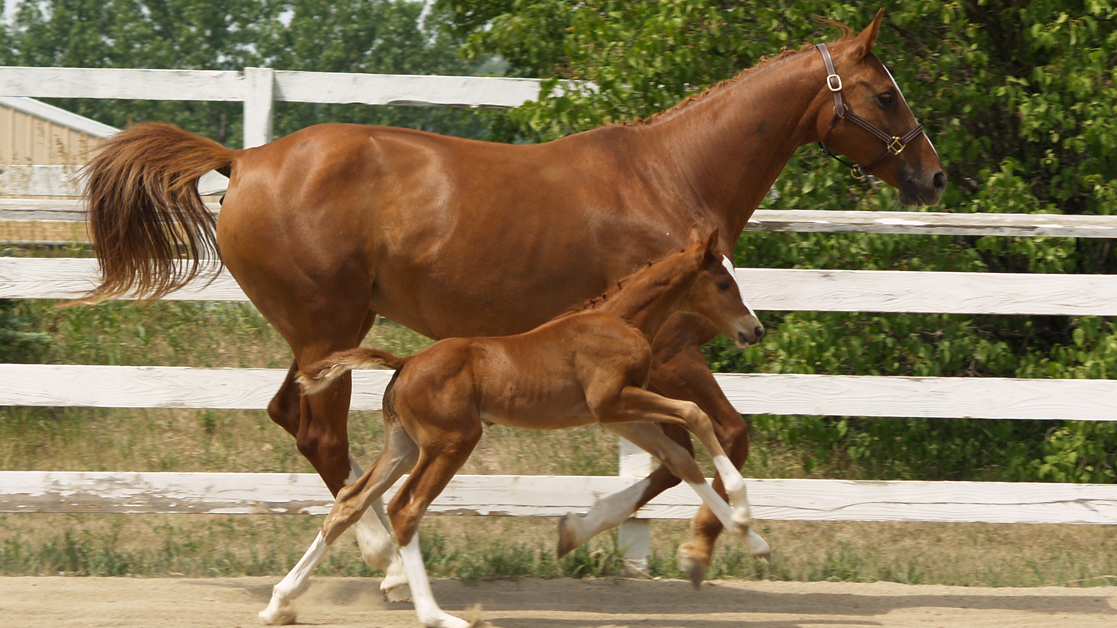Top level competition horses have to travel the globe to compete in the highest-level events – and moving them is no small feat. Emma Jack explains the many risks involved in moving these magnificent animals and how they are insured.
Millions of people across the globe tuned in to watch the equestrian events in Tokyo this summer and marvelled at the strength, grace, and athleticism of the horses.
As well as the skill of the riders, it was a mesmerising display of grace and agility by the finest horses of the equestrian world. The horses were, in many ways, similar to the elite athletes taking part in other events at the games. The training and preparation that goes into ensuring the 300 or so horses are in absolute peak condition has parallels with the way the greatest sportspeople dedicate themselves to training in the run-up to major global sporting competitions.
Each year, there is an extensive entourage of elite horses that travel for as much as nine months out of 12 on a circuit of the leading equestrian events. These include the Longines Global Champions Tour, the Land Rover Kentucky Three - Day Event (US); Badminton Horse Trials (UK); the Devon Horse Show (US); Royal Windsor Horse Show (UK); the AQHA World Championship Show (US); the World Equestrian Festival CHIO Aachen (Germany); and the Paris Horse Show (France).
These horses usually begin competing in their home countries from about the age of four or five, but they don’t come into their prime until they are aged between 11 and 14. This is in stark contrast to racehorses, which start racing from the age of two and are generally at the very top of their game between the ages of three and four.
Not surprisingly, these top tier competition horses are extremely valuable. Totilas, considered to be one of the most successful dressage horse in the world, was sold in the region of €10 million in 2010, although the price was not officially confirmed at the time. In 2010 Totilas won three gold medals at the World Dressage Championships and held all three Grand Prix level world records.
In preparation for overseas events, the most promising horses are entered in qualifying events in their own countries and then undergo extensive performance testing to determine if they are good enough to compete at the highest level. For example, if they will be competing in a humid climate, they will train on a treadmill in a hot room and are monitored for factors such as their recovery heart rate.
Before travelling outside their home country, they will go into quarantine to ensure they do not have an infection that could be transmitted to other horses. While under quarantine in large facilities, the horses still need to train, and they are looked after by grooms, as well as having around the clock veterinary access. During this time, the horses are buddied up for travel. Not all horses get along, and it is important that when they are travelling in close proximity that they do so with horses they like.
Biosecurity is extremely important at this time. Horses can be susceptible to contagious illness and diseases, one of these being equine herpes, a potentially deadly infection which can be spread between animals. If a horse travels to an event with this infection, it could transmit this to others, which has the potential to have a devastating impact on the event. Not only that, there is also the danger that these animals could take the disease back home after the competition.
In early 2021, there was an outbreak of Equine Herpes Virus (EHV-1) at the CES Valencia Spring Tour in Spain. Following the outbreak, the International Federation for Equestrian Sports (FEI) records show that 10 countries had confirmed cases and 18 horses died. The FEI cancelled international events in 12 countries in mainland Europe to contain the outbreak.
From quarantine, the horses are transported in luxury lorries to the stall they will fly in, and the grooms usher them onto the planes. As horses can get very anxious at this time, there is a danger they could react and badly injure their handlers or themselves. They are put into stalls that can accommodate up to three horses at a time, with up to 15 horses on any one flight. Horses are able to sleep standing up, but their legs are very fragile, consisting of just bone and ligaments, so there is a risk that they could injure or even break their limbs if they get agitated and kick out.
The horses do not, of course, travel alone. They will be accompanied by one or two grooms, security personnel, and vets. Long flights can be arduous and stressful for them, with horses spending as much as 18 hours in the air.
Another risk when transporting horses over long distances is the potential for them to develop shipping fever (pleuropneumonia), although it is manageable, if left untreated it can be fatal. One cause is being tied-up with their head elevated for the long journey, unable to put their head down, which stops postural drainage from happening naturally. It can be exacerbated by the warmth of the stall, dehydration, being in a confined space, limited airflow, the stress of the journey and the build-up of bacteria in their faeces.
Around one in six horses can be struck by shipping fever during a flight. Thankfully, it is rarely fatal, but it will put the animal under the weather, and if it is severe enough, it could render it unfit to compete.
If a horse is sick and unable to travel, it can be an expensive business. There will be vets’ bills to pay, the additional cost of temporary stabling while the horse recovers and re-booking of flights. In addition, hotels and flights will need to be factored in for the groom. A delay like this could easily land an owner with a bill of £40,000.
Each year we insure around 60,000 horses – including some of the most elite competitors in the world. We insure high value animals for a wide range of equine cover extending to Public liability and Employers Liability, we offer the full package, which sets us apart from other carriers.
At Liberty Specialty Markets, we have a global reach covering major equine territories, decades of experience in providing equine cover, along with first-hand experience as owners and competitors. As keen participants in dressage, show jumping and three-day eventing competitions, the team has a deep understanding of the needs of their insureds. COVID-19 disrupted many of the planned events on the equine calendar, but with the borders slowly opening and events taking place, we are ready to support the teams training horses to reach the peak of the careers and secure those elusive gold medals.


